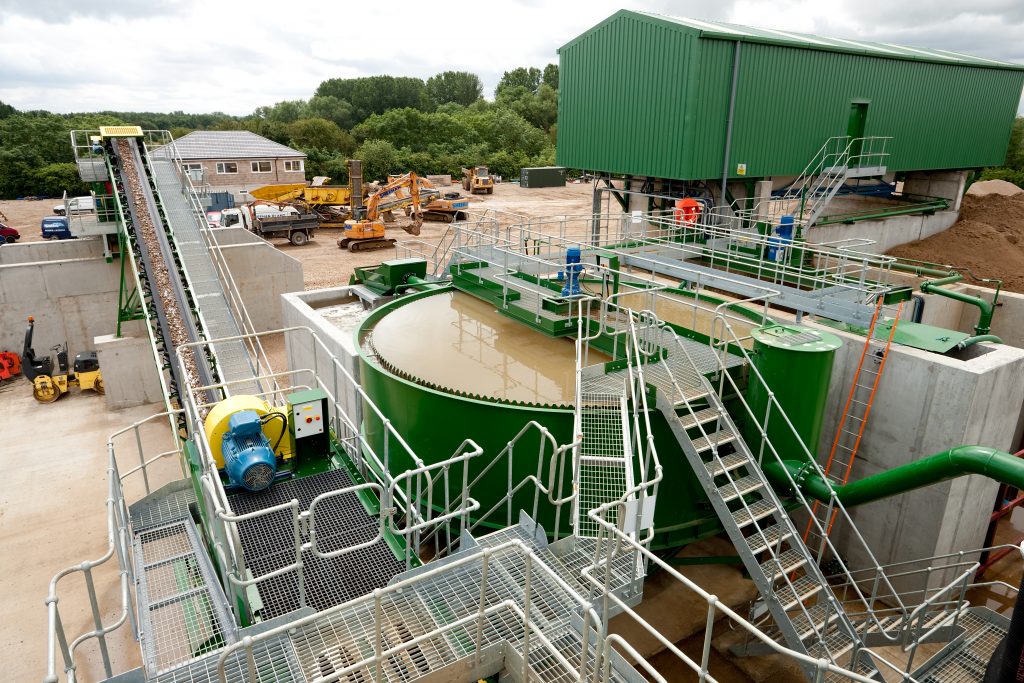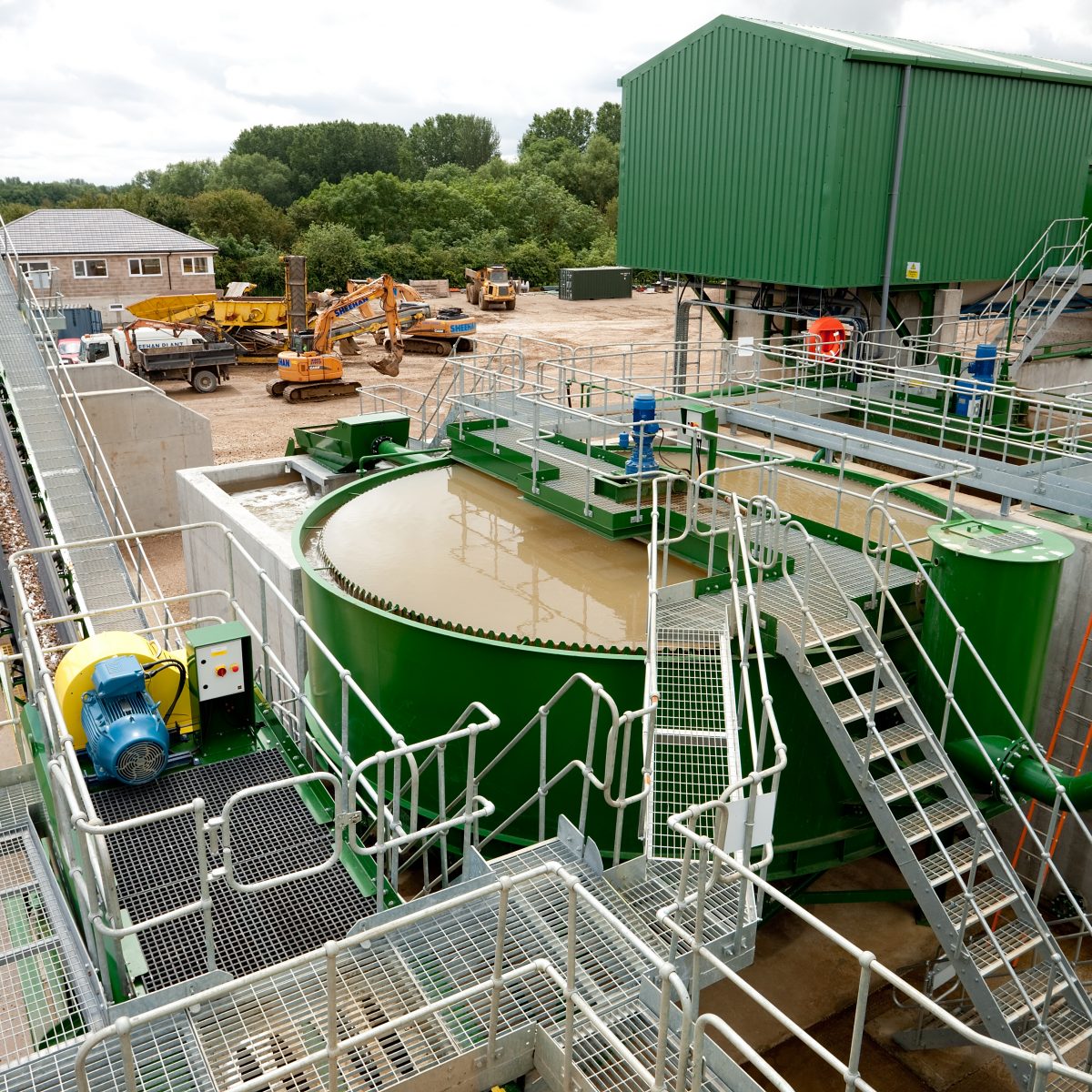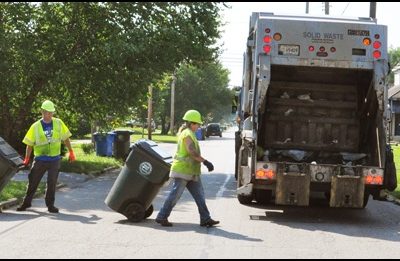Most conventional waste management methods have come under great scrutiny because they are generally unsustainable and also contribute to environmental pollution. Water sources used by communities have been damaged through mercury poisoning due to waste management methods like ocean dumping and landfills. It has been determined that ocean dumping kills important aquatic life and the decomposing waste emits greenhouse gases that cause global warming. As a result of this, world leaders and other stakeholders are beginning to look into better waste management methods that are sustainable and good for the environment. These are some of the waste management best practices that have resulted from studies done on sustainable methods of waste management.

Anaerobic Digestion
This uses microorganisms and natural processes to decompose organic material without the use of oxygen. Such processes give out several by-products including bio-gas which is a source of green energy. Other by-products can be used as crop fertilizers, dairy cows’ bedding and also turned into different important and useful products. Technologies employed in anaerobic digestion make use of waste matter such as animal manure, industrial, hotel, food processing factories and household organic wastes among others. These waste products are initially mixed in a big blender and afterwards moved into an air-tight digester. Here the microorganisms decompose them into many useful by-products. Anaerobic digestion is one of the most environment-friendly and sustainable waste management methods with end products that are of great value to the society.
Waste to Energy
Waste to energy is a waste management process that makes use of waste produced by industries and households to make fuel for the generation of power. The waste matter which replaces other fossil fuels is guided across the specialised transfer stations and is burned inside a combustion chamber fitted with tubes and then utilised to heat water contained in the boiler walls. The resulting steam is used to rotate turbines for electricity generation. Once this is done, the steam is guided back into the walls of the boiler and the process replicated. By-products like ash are moved to landfills and any other recyclable material, for example, glass and metal, are reused.
Extended Producer Responsibility
This is a waste management method that removes the task of handling the waste matter of a specific product from the public and places it in the hands of the producer of the product. Under EPR, producers are encouraged to make environmentally sustainable products through incentives.
Zero Waste
This is more of a philosophy really rather than technology or even a process. Its premise is that nothing made should be wasted but all that is produced should be reused or recycled.
Other Approaches to Waste Management
The above methods are some of the best strategies employed in the sustainable management of waste products. Other great methods include sorting technology, waste to fuel and separation of waste at the source.
Sustainable waste management processes are the new best practices in waste management and environmental conservation. They are also important in improving the quality of life especially for those who reside in cities. The above methods are just a few examples of successful strategies employed so far. Research shows that even better and less costly processes are being developed to help communities manage wastes effectively.


